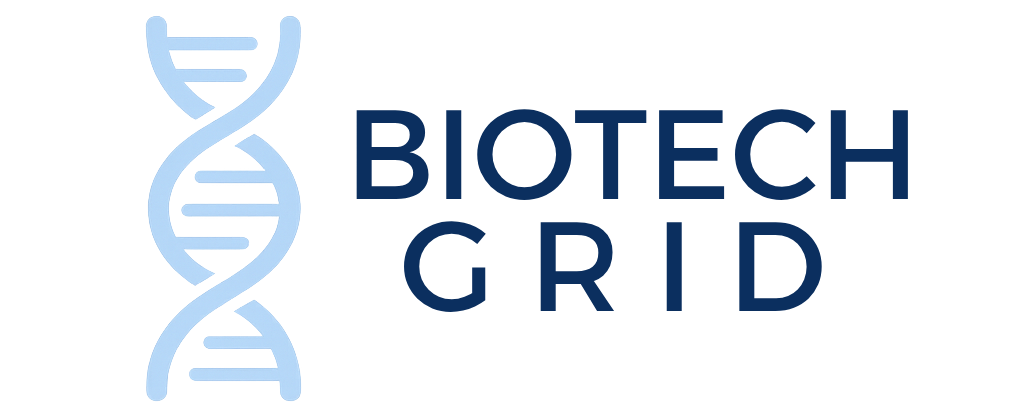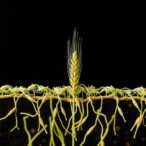![]()
In a groundbreaking advancement poised to transform metabolic engineering, researchers have unveiled a novel suite of biosensors capable of precisely monitoring and dynamically controlling glucose uptake rates in Escherichia coli. Published recently in Nature Chemical Engineering, this pioneering work introduces programmable bifunctional glucose uptake rate biosensors, aptly termed GURBs, which enable real-time insights into how bacteria assimilate glucose and channel it through their central carbon metabolism. This innovation not only fills a long-standing gap in monitoring metabolic fluxes but also opens up new avenues for optimizing biotechnological production at an unprecedented level of precision.
Glucose is the primary carbon source fueling metabolic processes in many microorganisms, governing everything from growth rates to the biosynthesis of valuable compounds. Yet, tracking the exact rate at which glucose crosses cellular membranes has proven notoriously difficult due to a lack of reliable, real-time monitoring tools. Traditional approaches often rely on indirect measurements or static metabolite concentrations, which fail to capture the dynamic nature of glucose flux. The GURBs developed by Ding and colleagues directly sense glucose uptake rates and translate this information into a quantifiable genetic output, representing a transformative shift from mere observation to active control.
At the core of this innovation is a set of genetically encoded circuits embedded within E. coli cells. These circuits operate on a bifunctional principle, simultaneously sensing glucose import activity and modulating gene expression in response. By coupling glucose uptake signals to transcriptional regulators, the system provides a feedback loop that can dynamically adjust metabolic pathways in real-time. This precise control mechanism enables cells to respond adaptively to changing environmental glucose levels, optimizing their metabolism for maximal productivity and efficiency.
The design of GURBs leverages synthetic biology’s toolkit, employing promoters and regulatory elements sensitive to intracellular metabolic states that reflect glucose uptake. Through careful calibration, the circuits amplify subtle changes in uptake dynamics into robust, programmable outputs. These outputs can, in turn, activate or inhibit target gene modules—such as those governing central carbon metabolism—thereby tailoring the cell’s biochemical landscape in accordance with glucose availability. The ability to fine-tune metabolic flux by modulating just the glucose uptake rate represents a profound leap forward compared to traditional metabolic engineering strategies, which often alter pathways in fixed genetic configurations.
Extensive characterization experiments demonstrated GURBs’ versatility across diverse E. coli strains and varying culture conditions. By monitoring biosensor signals, the research team successfully tracked real-time glucose uptake rates, revealing nuanced metabolic adaptations that were previously inaccessible. These insights can inform more effective strain design and process optimization, accelerating development cycles in industrial microbiology and biotechnology. Furthermore, the programmable nature of the biosensors allows them to be repurposed or integrated with other synthetic circuits, establishing a platform technology with broad applicability.
One of the most compelling applications showcased in this study lies in the coupling of GURBs with feedback control systems aimed at maximizing production yields of commercially valuable metabolites. The researchers engineered genetic circuits that used glucose uptake rates as an input signal to dynamically regulate metabolic nodes responsible for synthesizing compounds such as L-tryptophan, riboflavin, and D-lactic acid. This closed-loop regulation ensured that flux was continuously fine-tuned to balance cellular growth demands with target product biosynthesis, resulting in significantly enhanced titers compared to static expression systems.
Beyond improved yields, this feedback-controlled approach offers greater metabolic stability over time, as cells autonomously adjust to fluctuations in nutrient availability without external intervention. This robustness is crucial for industrial bioprocesses where changing culture conditions — including nutrient depletion or accumulation of inhibitory byproducts — can severely impact productivity. By embedding intelligence at the cellular level, GURB-based control circuits pave the way toward truly adaptive biomanufacturing systems capable of real-time self-optimization.
The implications of this technology extend even further into basic biology and systems metabolic engineering. By enabling precise quantification and modulation of glucose uptake flux, GURBs provide a powerful investigative tool for probing fundamental questions about intracellular carbon allocation, metabolic regulation, and resource prioritization. Researchers can now dissect the interplay between nutrient uptake and metabolic network responses with unprecedented temporal resolution, advancing our understanding of microbial physiology and its manipulation.
Moreover, the modularity and programmability of the glucose uptake rate biosensors mean that they can potentially be adapted for other key metabolites or organisms. While this initial study focuses on E. coli, the underlying design principles are broadly applicable, perhaps extending to yeast, mammalian cells, or other microbes of industrial or medical importance. Expanding the biosensing toolbox in this manner could revolutionize how metabolic pathways are monitored and controlled across synthetic biology, pharmaceuticals, and bioproduction sectors.
To achieve this breakthrough, the team employed a combination of systems biology, synthetic circuit engineering, and metabolic flux analysis. High-throughput genetic libraries were screened to identify optimal promoter candidates responsive to glucose metabolism intermediates. Computational modeling helped refine feedback loop parameters, ensuring stability and responsiveness under physiological conditions. The intricate integration of these diverse approaches underscores the multidisciplinary nature of modern metabolic engineering challenges and solutions.
In practical applications, the use of GURBs translated into remarkable performance improvements. For example, when directing L-tryptophan biosynthesis, cells equipped with glucose-responsive feedback loops exhibited a marked increase in product titers, surpassing those achieved with constitutive gene expression systems. Similarly, riboflavin and D-lactic acid production workflows benefited from the dynamic tuning of precursor flux, illustrating the broad utility of these biosensors for diverse metabolic objectives.
Looking ahead, the incorporation of glucose uptake biosensors within biofoundries and advanced bioprocessing platforms holds great promise. Automated strain optimization and fermentation control could leverage real-time sensor data, integrating machine learning algorithms to iteratively improve yields and process economics. This vision of smart, self-regulating microbial factories aligns with the broader goals of Industry 4.0 and sustainable biomanufacturing.
The introduction of GURBs arrives at a critical juncture when the demand for renewable bio-based chemicals, pharmaceuticals, and fuels is rapidly increasing. By enabling fine-grained manipulation of cellular metabolism, these biosensors empower researchers and engineers to meet these needs with higher efficiency and lower environmental impact. This technology not only advances the state of metabolic engineering but also exemplifies the immense potential of synthetic biology to address global challenges.
In conclusion, Ding and colleagues have delivered a seminal contribution by creating programmable, bifunctional glucose uptake rate biosensors that facilitate real-time monitoring and dynamic metabolic control in Escherichia coli. Through sophisticated genetic circuits that sense and respond to glucose import flux, they demonstrate a new paradigm in metabolic engineering—one that integrates sensing, control, and production in a seamless feedback loop. This innovation sets the stage for smarter microbial factories capable of adapting to fluctuating environments and optimizing their biochemical output autonomously. As the field moves toward increasingly complex designs and applications, tools like GURBs will be indispensable in pushing the boundaries of what engineered cells can accomplish.
Subject of Research: Dynamic monitoring and control of glucose uptake rates and central carbon metabolism in Escherichia coli using programmable biosensors.
Article Title: Monitoring and dynamically controlling glucose uptake rate and central metabolism.
Article References:
Ding, D., Zhu, Y., Bai, D. et al. Monitoring and dynamically controlling glucose uptake rate and central metabolism. Nat Chem Eng 2, 50–62 (2025). https://doi.org/10.1038/s44286-024-00163-w
Image Credits: AI Generated
DOI: https://doi.org/10.1038/s44286-024-00163-w
Tags: advancements in metabolic engineering techniquesbiosensors for glucose uptakebiotechnology production precisioncentral carbon metabolism insightsdynamic control of glucose fluxEscherichia coli metabolic engineeringgenetic output from glucose sensingglucose assimilation trackingmetabolic flux optimizationprogrammable bifunctional glucose biosensorsreal-time glucose metabolism monitoringreliable monitoring tools for microorganisms


